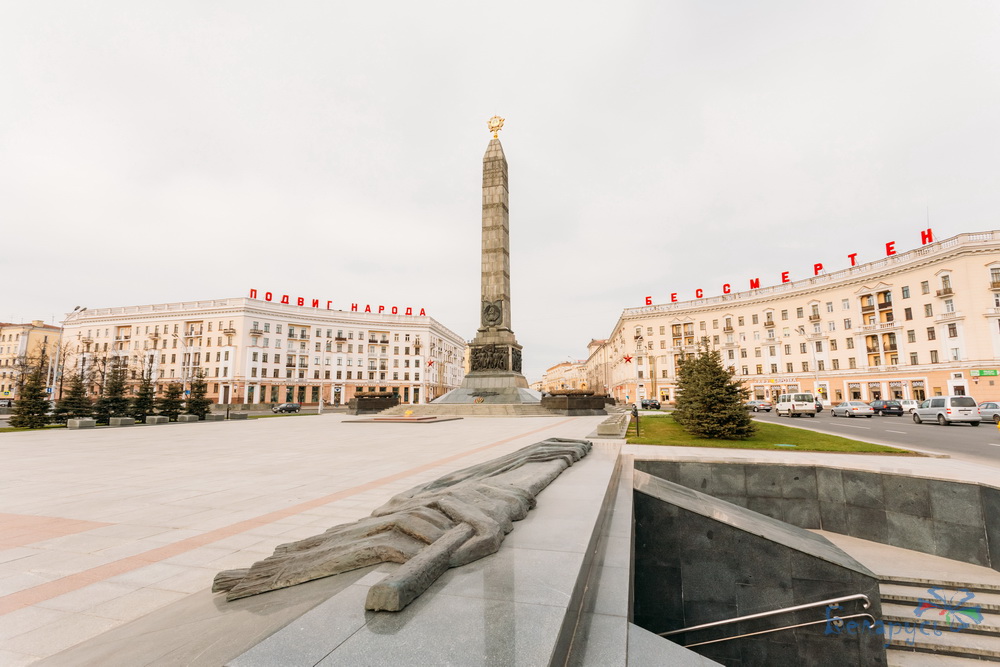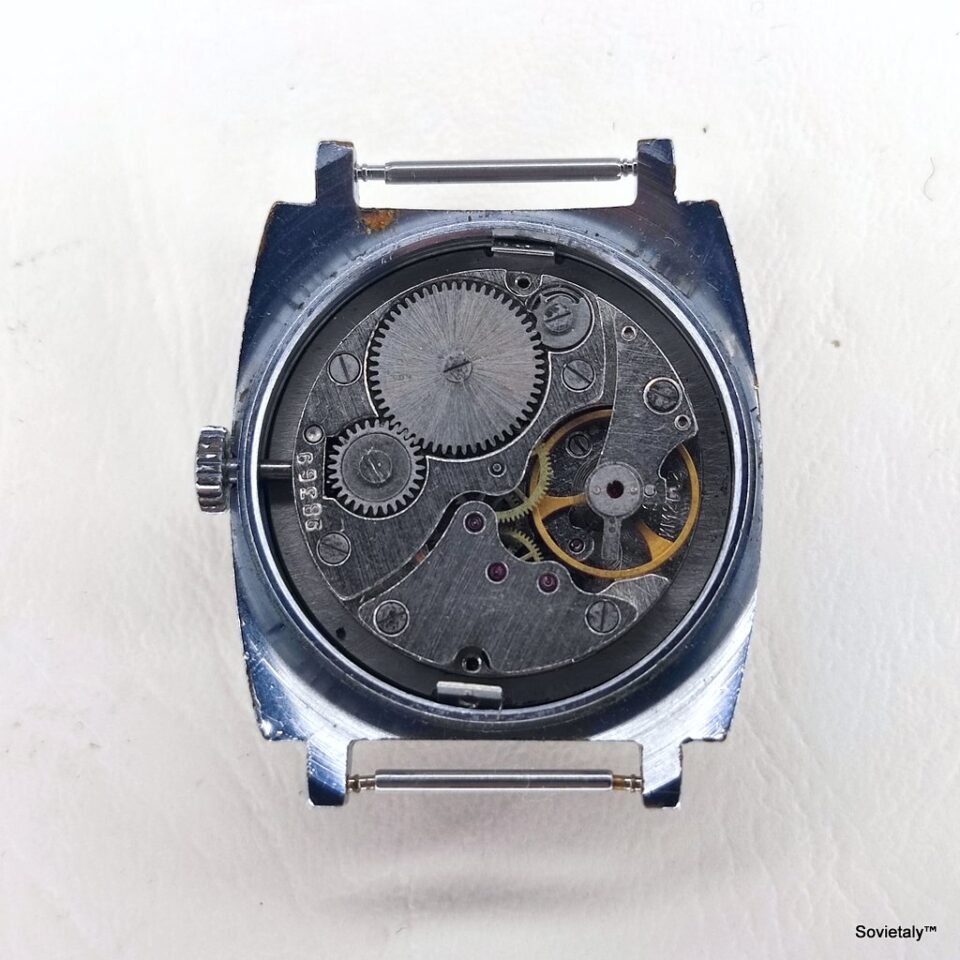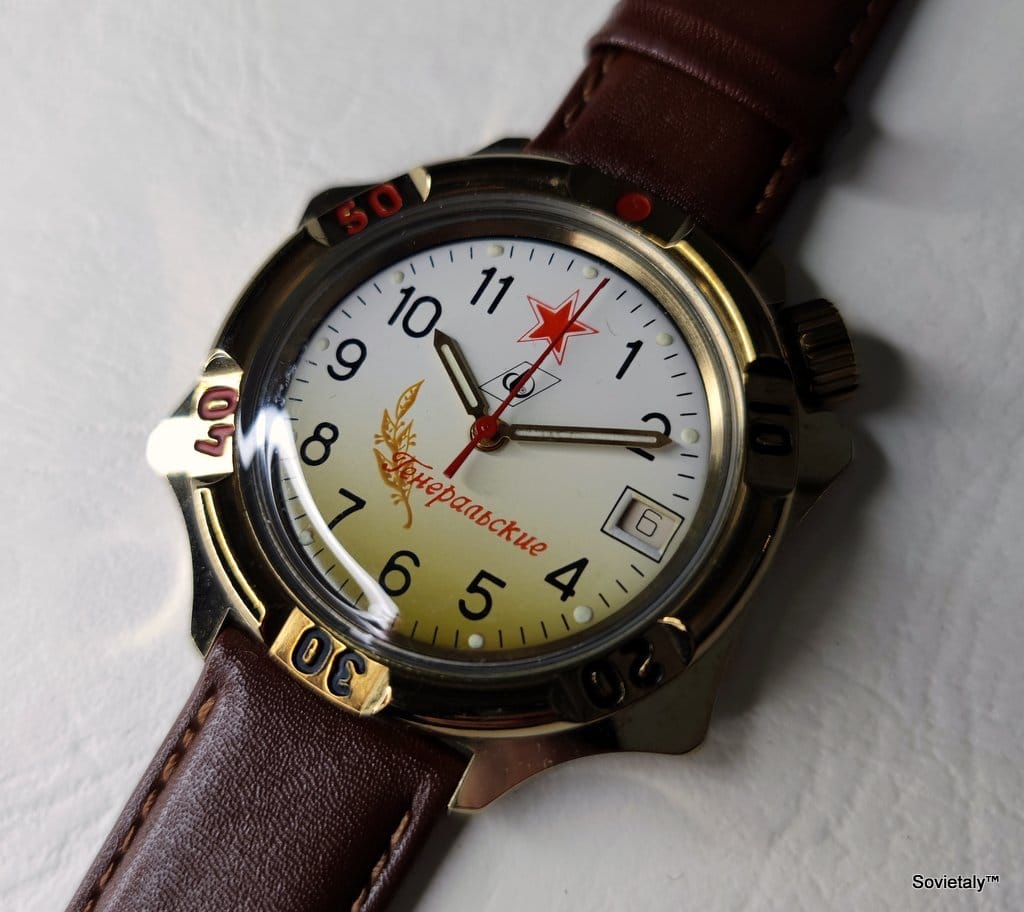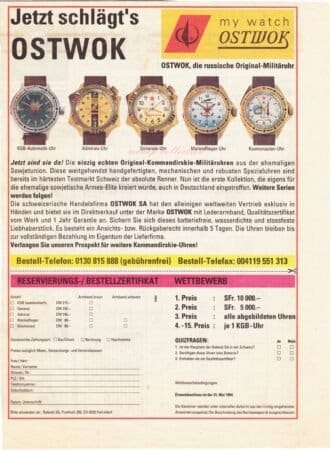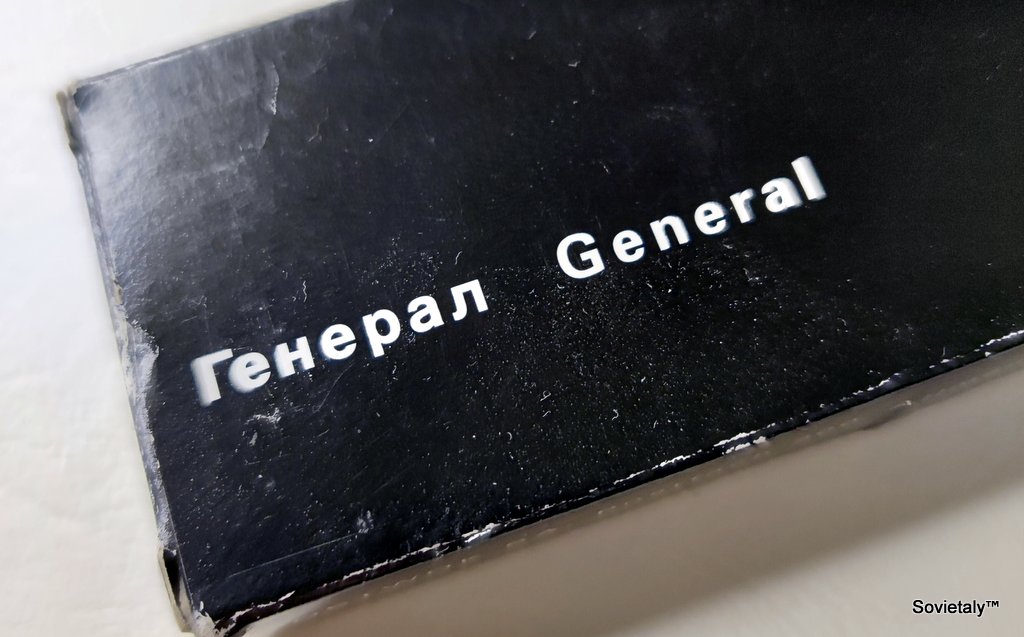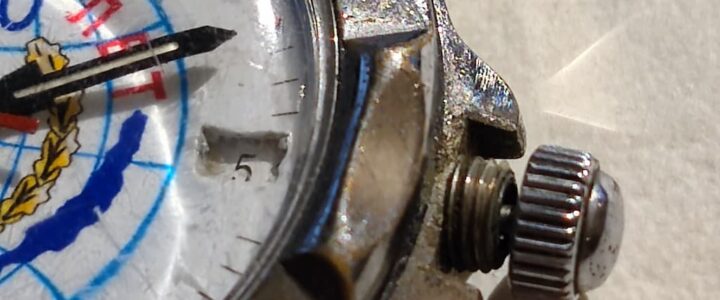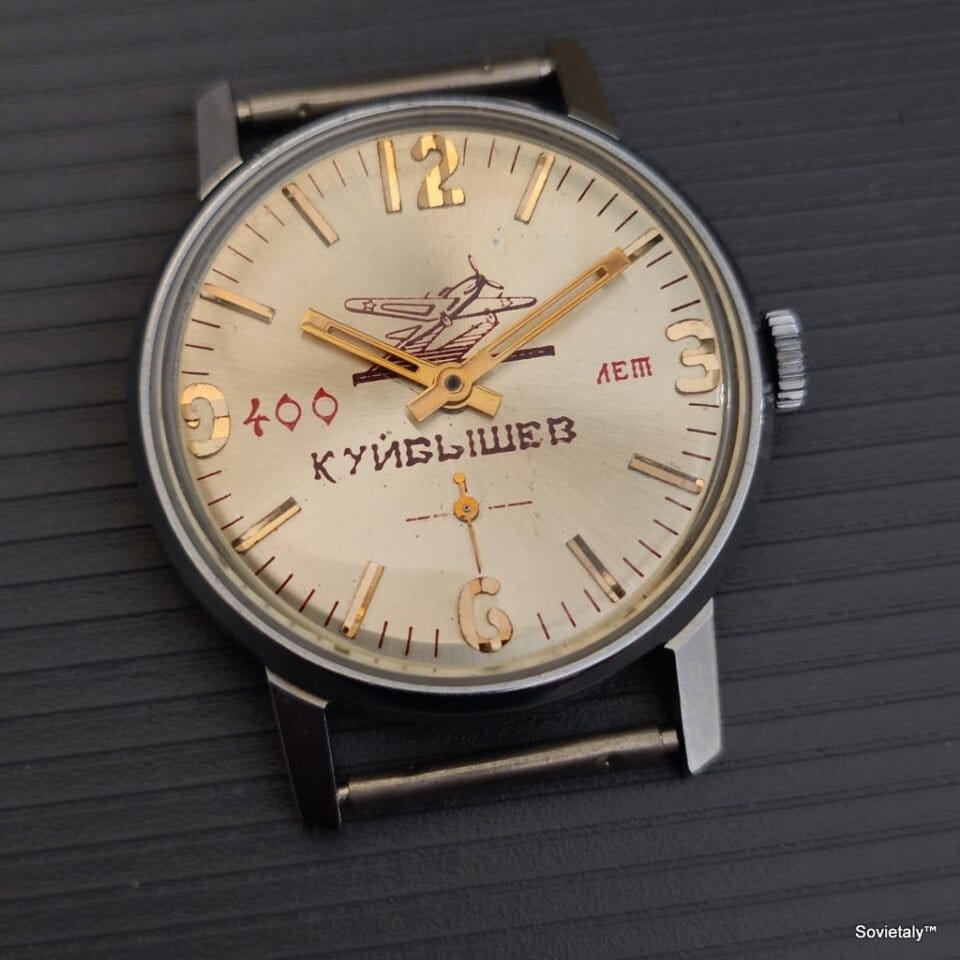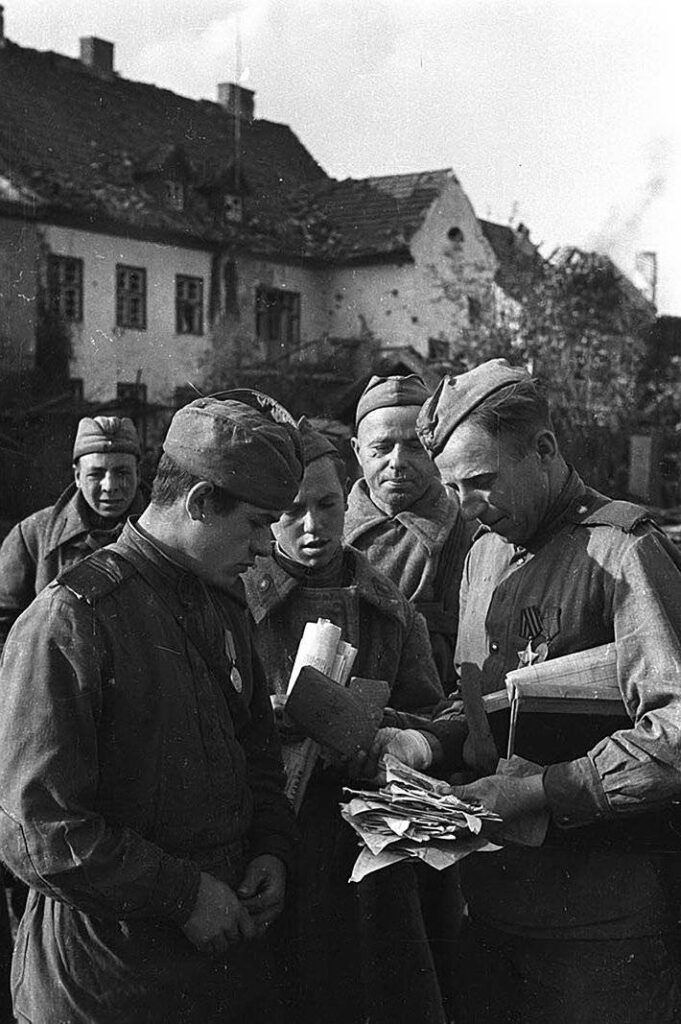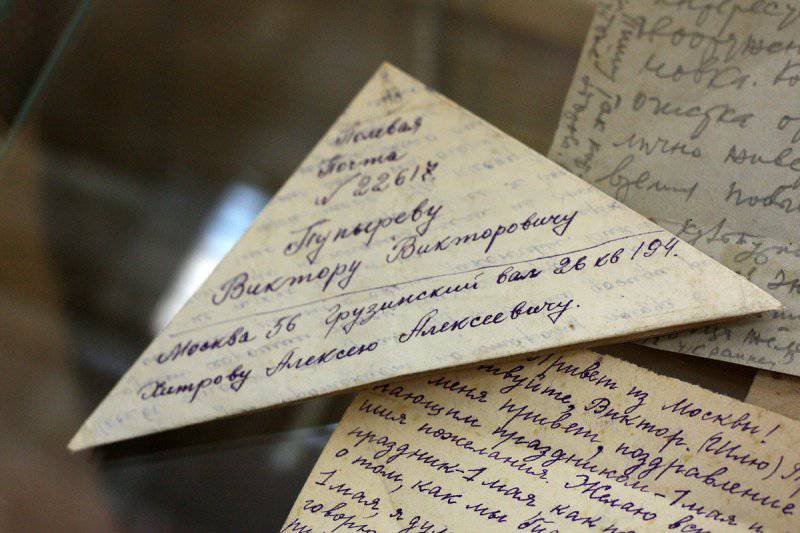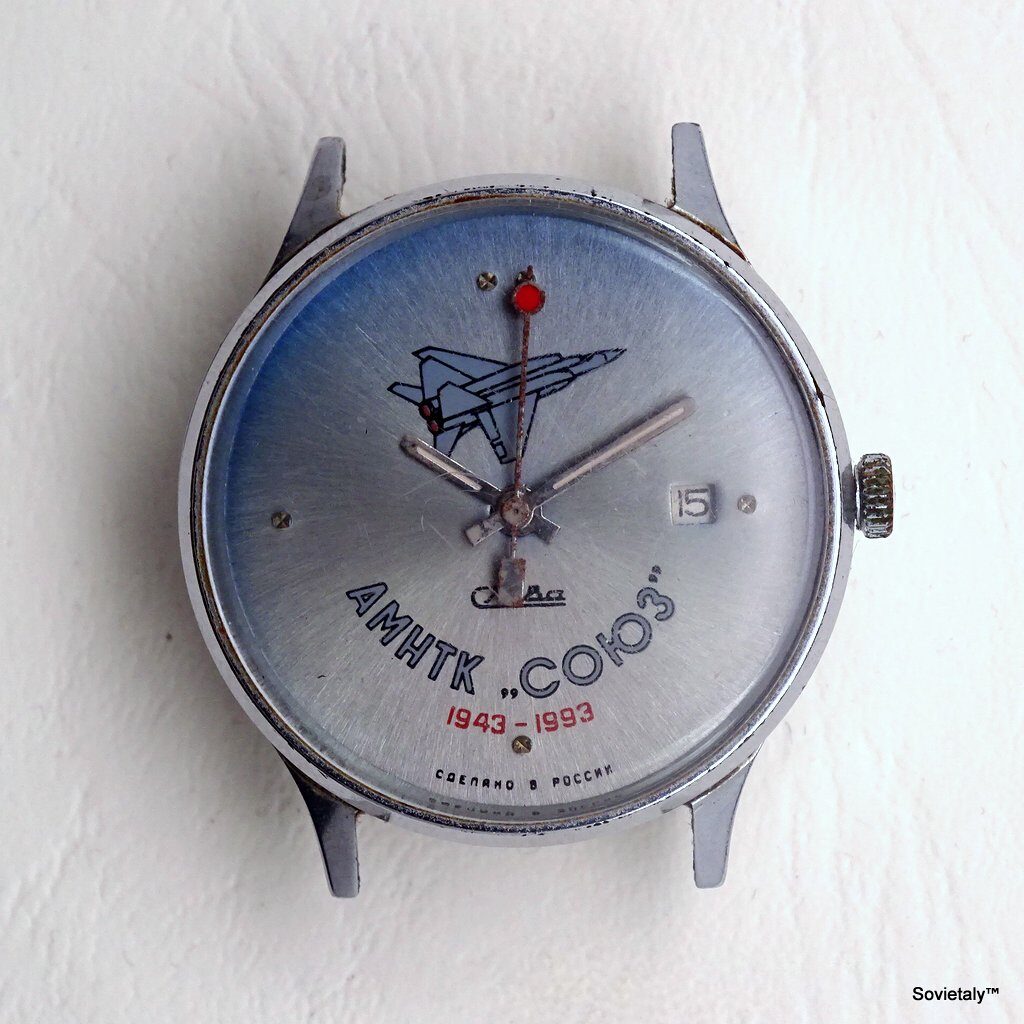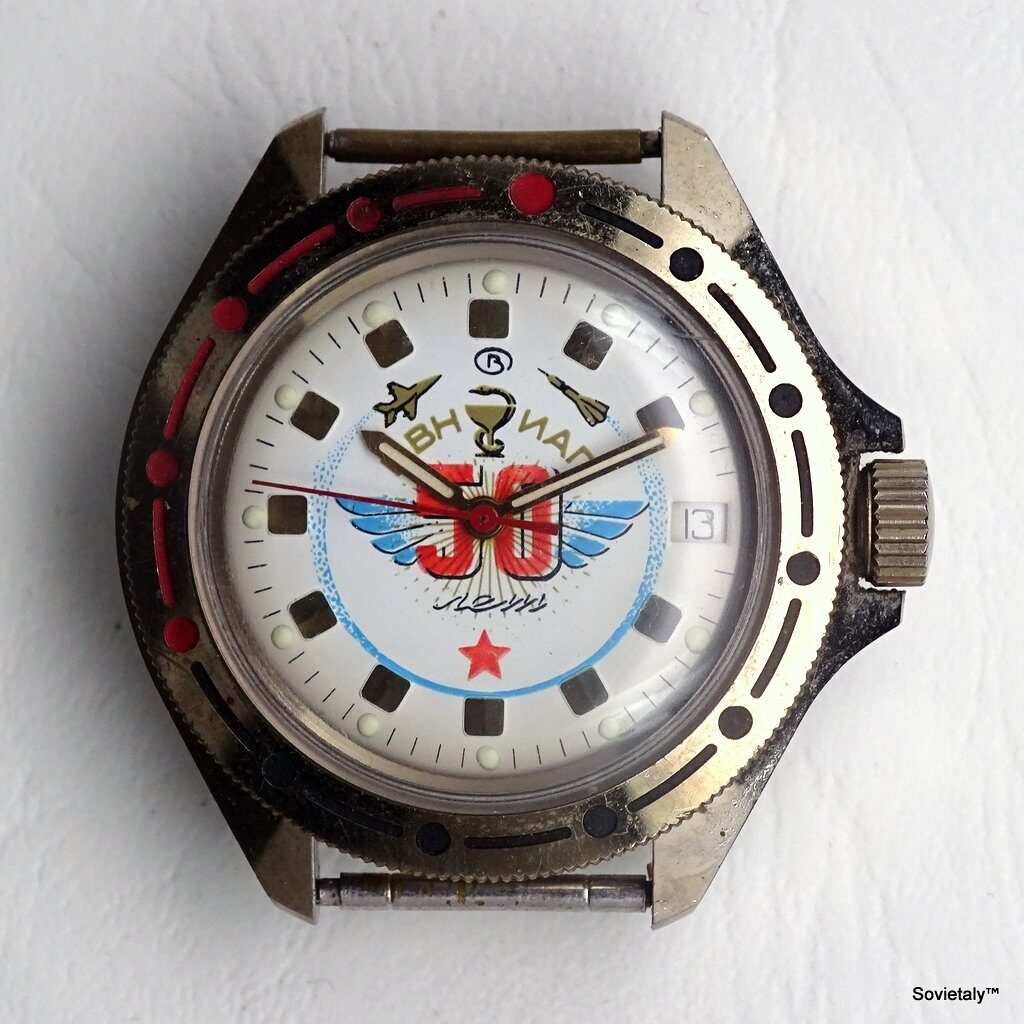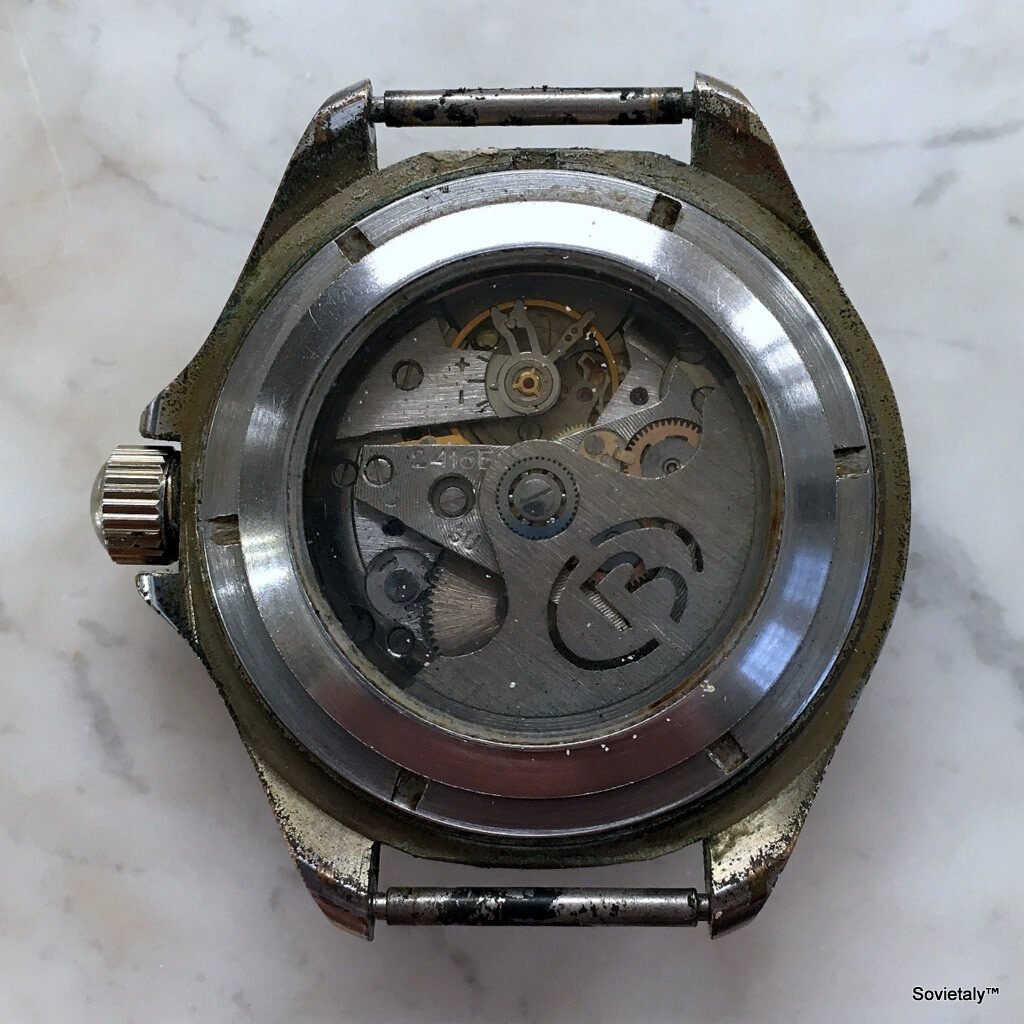Raketa watches have long been a significant part of Russian watchmaking history, with a legacy spanning decades. But among all the variations produced by Raketa, the Raketa Big Zero Geiger stands out as a unique and mysterious specimen. In this article, we will explore the history of this distinctive watch, its connection to Italy, and the curious error in the name “Geigher.” We will also discover why the Raketa Big Zero Geiger has become such a sought-after item among collectors.

The History of Raketa Big Zero Geiger
The Soviet Raketa Big Zero Watch
To fully understand the history of the Raketa Big Zero Geiger, we must first examine the base model: the Raketa Big Zero. This watch was produced in the Soviet Union by the Raketa company (which means “comet” in Russian) and became quite popular in the 1980s. It was known for its clean design, robustness, and the reliability of its mechanical movement.
The name “Big Zero” comes from the position of the “12” numeral on the watch, which was replaced with a large zero, giving the watch a distinctive appearance. This minimalist style was typical of the Soviet era, where form followed function without frills.
Arrival in Italy
The story of the Raketa Big Zero Geiger intertwines with the importation of these watches into Italy. In the late 1980s, an Italian watch import company known as “Mirabilia” began importing Raketa watches into Italy. However, they are said to have done something unusual. Mirabilia appears to have assembled these watches in Italy using original Raketa Big Zero parts but with a unique local touch.
The Error in the Name: “Geigher” instead of “Geiger”
The most interesting aspect of this story is the name “Geigher” instead of “Geiger.” The error appears to be deliberate and may have been made to avoid potential issues related to the name “Geiger.” The name “Geiger” is closely associated with a Geiger counter, a device used to measure radioactivity. At a time when sensitivity to radioactivity was high due to events like the Chernobyl incident in 1986, it may have been prudent to avoid any potentially negative associations.
The Two Variants of Raketa Big Zero Geiger
The Raketa Big Zero Geiger comes in two main variants. The first features a black and ochre color combination, while the second has a black and gray combination. Both versions are extremely rare and highly sought after by vintage watch collectors.

The Appeal of Raketa Big Zero Geiger for Collectors
The Raketa Big Zero Geiger watch has gained significant fame among collectors for several reasons. Firstly, its rarity makes it a coveted item for those seeking unique and hard-to-find pieces. The combination of an original Raketa watch with the added Italian touch creates a fascinating story.
Furthermore, the mystery surrounding the error in the name “Geigher” adds further intrigue. The theory that the error might have been intentional to avoid unwanted associations adds an element of intriguing speculation.
Anecdotes and Curiosities about Raketa Big Zero Geiger
To complete our exploration of the Raketa Big Zero Geiger, let’s share some interesting anecdotes and curiosities related to this watch:
- The Identity of Mirabilia: The company Mirabilia, which imported these watches into Italy and assembled them, has maintained relative secrecy about its operation. Their identity and the motivations behind producing these watches remain a mystery.
- The Collector’s Market: In the watch collector’s market, a well-preserved Raketa Big Zero Geiger can fetch considerable prices. Collectors seek not only the black and ochre version but also the rare black and gray variant.
- The “Geigher” Error: The name error has become a distinctive feature of these watches. The theory that it might have been made intentionally to avoid controversies is just one of many circulating speculations.
In conclusion, the Raketa Big Zero Geiger is a unique piece of watchmaking history. Its complex history, the connection between the Soviet Union and Italy, the name error, and its rarity make it a cult object for collectors worldwide. So, if you’re fortunate enough to come across one of these watches, hold onto it tightly – you have in your hands a piece of watchmaking history with a story all its own.


























